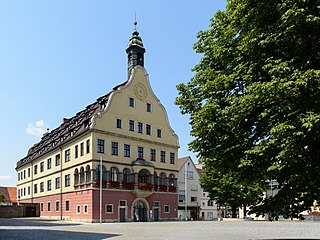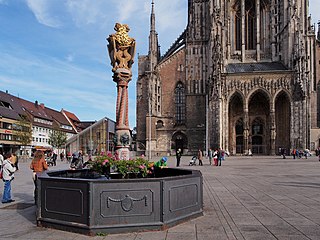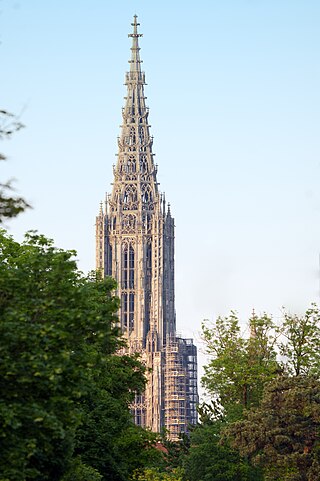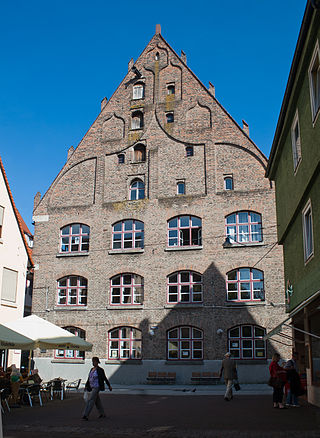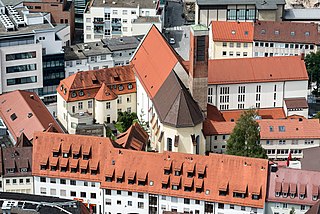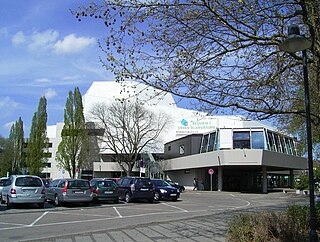Self-guided Sightseeing Tour #1 in Ulm, Germany
Legend
Guided Free Walking Tours
Book free guided walking tours in Ulm.
Guided Sightseeing Tours
Book guided sightseeing tours and activities in Ulm.
Tour Facts
3.7 km
38 m
Experience Ulm in Germany in a whole new way with our free self-guided sightseeing tour. This site not only offers you practical information and insider tips, but also a rich variety of activities and sights you shouldn't miss. Whether you love art and culture, want to explore historical sites or simply want to experience the vibrant atmosphere of a lively city - you'll find everything you need for your personal adventure here.
Individual Sights in UlmSight 1: Schwörhaus
The Schwörhaus in Ulm is an imperial city representative building built at the beginning of the 17th century. After several destructions and reconstructions, it is now used by the Ulm City Archive as the House of Ulm's City History. From his balcony, the mayor of Ulm gives an annual public account on Oath Monday.
Sight 2: Stadthaus
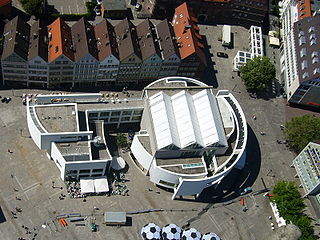
The Stadthaus Ulm is in the centre of Ulm (Germany), located on the Münsterplatz. Primarily, the building is used to present exhibitions of photography and modern and contemporary art. A lecture hall is used for a variety of events, activities, and workshops, including a festival of modern music. It houses the city's tourist information centre and other public services on the ground floor. A permanent exhibition of the archaeology and history of the Münsterplatz is located on the lower level.
Sight 3: Löwenbrunnen
The Ulm Lion's Fountain is located in the northwestern area of Münsterplatz.
Sight 4: Ulm Minster
Ulm Minster is a Lutheran church located in Ulm, State of Baden-Württemberg (Germany). It is the tallest church in the world. The church is the fifth-tallest structure built before the 20th century, with a steeple measuring 161.53 metres.
Wikipedia: Ulm Minster (EN), Website, Wikipedia En, Wikipedia Fr, Wikipedia It, Wikipedia Es
Sight 5: Valentinskapelle
The Valentine's Chapel is a small Russian Orthodox church named after St. Valentine of Terni on the Münsterplatz in Ulm, Germany. The listed building was built around 1458 as the burial place of the noble Rembold family.
Sight 6: Gänsturm
The 37.5 m high Gänsturm in Ulm is a preserved city gate in the east of the medieval city fortifications not far from the Danube. Its name comes from the fact that geese used to be driven through the gate to the goose meadows.
Sight 7: Zeughaus
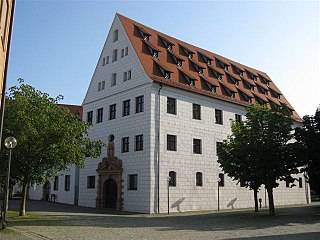
The Ulmer Zeughaus is a former armoury on the eastern edge of the city centre of Ulm.
Sight 8: Seelturm

The Seelturm, sometimes also called Zundeltorturm or Zundeltortürmchen, is a tower in Ulm, Germany.
Sight 9: August Nathan
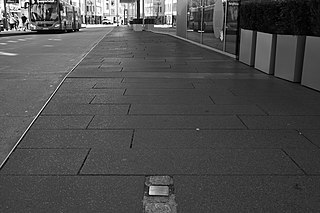
The list of Stumbling Stones in Ulm lists the Stumbling Stones that have existed in Ulm so far. They are part of the Europe-wide project "Stolpersteine" by the artist Gunter Demnig. These are decentralised memorials that are intended to commemorate the fate of those people who lived in Ulm and were deported by the National Socialists and murdered in concentration camps and extermination camps, among other places, or forced to flee their homeland.
Sight 10: Büchsenstadel
The Büchsenstadel in Ulm is a former municipal warehouse dating back to the 15th century.
Sight 11: Museum Brot und Kunst
The Museum of Bread and Art – Forum World Food is a knowledge museum in Ulm that presents the importance of grain, bread and culture for the development of humanity. This includes natural, technical and social historical aspects of bread making as well as the understanding of bread as a symbol of life in the Judeo-Christian world of ideas. Particular emphasis is placed on dealing with the lack of bread and food in the past and present. High-ranking works of art from the 15th to 21st centuries are intended to show how deeply and multi-layered the motif of bread and grain is anchored in our culture.
Sight 12: St. Michael zu den Wengen
The Church of St. Michael zu den Wengen, also known as the Wengen Church, is a Roman Catholic parish church in the centre of Ulm, which emerged from the historic Wengen Monastery. The epithet to the Wengen means "in the meadows". The church originally belonged to the Ulm convent of the Augustinian canons and has a long and eventful history behind it.
Sight 13: Theater Ulm
Theater Ulm is the municipal theater in the Baden-Württemberg city of Ulm in Germany. Founded in 1641, it is the oldest municipal theater in Germany. Today, it operates distinct ensembles for opera/operetta, acting, and ballet. Until 2006, it operated as Ulmer Theater.
Share
How likely are you to recommend us?
Disclaimer Please be aware of your surroundings and do not enter private property. We are not liable for any damages that occur during the tours.
GPX-Download For navigation apps and GPS devices you can download the tour as a GPX file.
